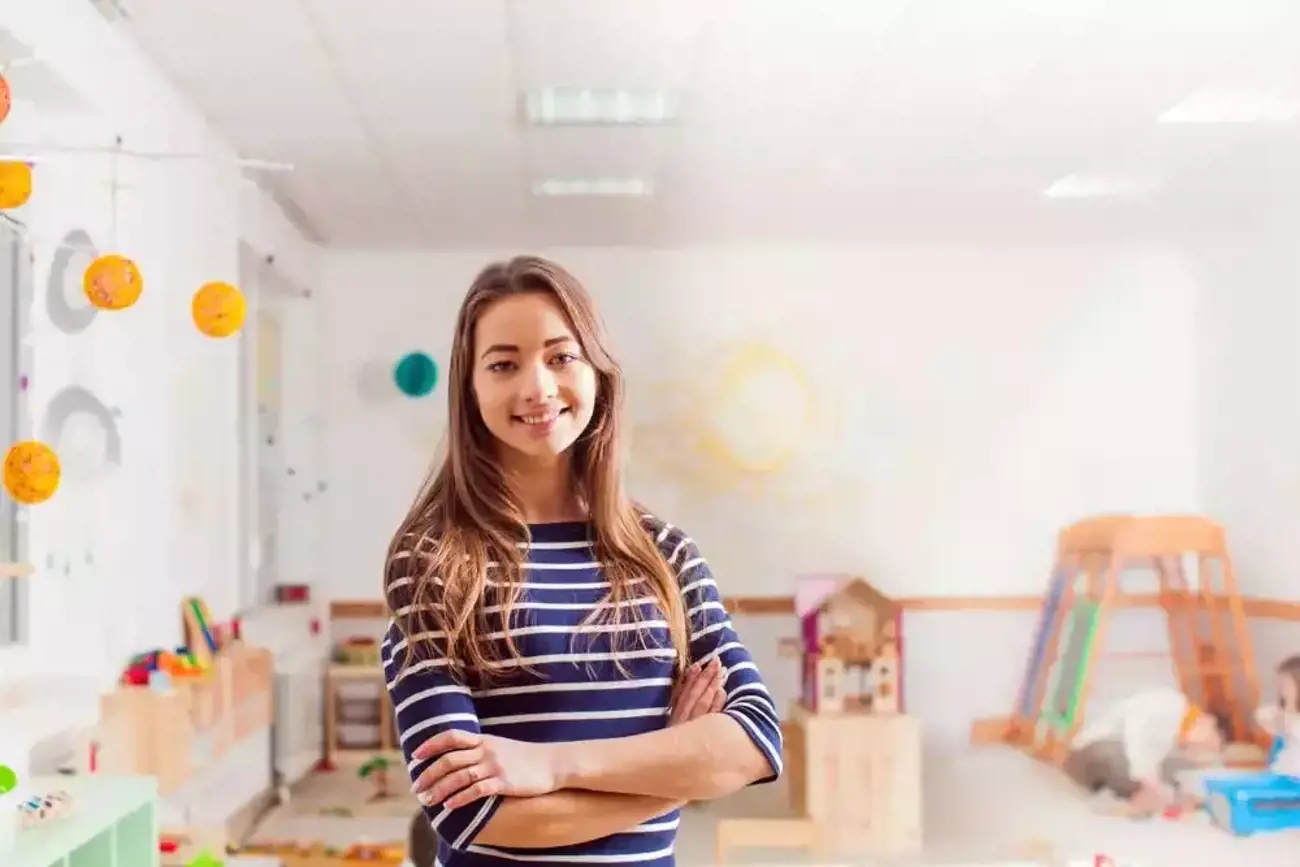When you drop your child off at care, you are placing them in the hands of educators, and trusting these adults to provide safe, supportive and enriching early learning and care.
However, with reports of a toddler being left on a child care bus for six hours and two preschoolers escaping from their centre onto a busy road, it's important to remember that we don't just place trust in educators - they are obligated to provide effective supervision and keep children out of harm's way. Here's what this means in practice.
What are the standards and legal requirements around child care supervision?
The National Quality Standard 'sets a high national benchmark for early childhood education and care' and it contains seven quality areas against which services are judged.
One of these is Quality Area 2, which is concerned with children's health and safety and aims to:
- Safeguard and promote children's health and safety
- Minimise risks
- Protect children from injury, harm and infection
Element 2.2.1 of this Quality Area focuses on the importance of supervision to protect each child; and it says that 'at all times' services should provide 'reasonable precautions and adequate supervision to ensure children are protected from harm and hazard'.
In addition, the Education and Care Services National Law and National Regulations set out the legal obligations of services and educators.
Under the National Law, services and educators must:
- Adequately supervise children at all times (section 165)
- Take 'reasonable precautions' to protect children from harm and hazards (section 167)
- Notify the Regulatory Authority about any law-breaking, serious incidents or complaints about serious incidents at the service (section 174)
Meanwhile, the National Regulations talk about the need for:
- Supervision during excursions (regulation 101)
- Premises being designed to facilitate supervision (regulation 115)
- Policies and procedures to provide a child safe environment (regulation 168)
- The Regulatory Authority being notified of 'serious incidents' within 24 hours (regulation 176)
The National Regulations also set out child to educator ratios and required qualifications for educators to ensure that there is enough supervision at a service and that it is of a professional quality.
What kind of child supervision is needed?
Children are busy, curious and developing people, so it's not enough for educators to be physically there. They need to supervise actively and effectively.
To do this, the Australian Children's Education & Care Quality Authority (ACECQA) says that, 'Educators need to be conscious of the physical environment and be attuned to the needs of individual children'.
While they're fostering children's learning and development and having meaningful interactions with youngsters, educators should also be alert and aware of any risks and hazards, whether close-by or elsewhere in the service.
ACECQA adds that educators need to conduct risk assessments and make professional judgements to effectively supervise groups of children in different circumstances; and this takes into account:
- The environment - an excursion outside the service calls for closer supervision than low-risk play in the service's outdoor area
- The children - different ages and capabilities require different levels of supervision
- The activities being offered - a high-risk activity, like wood-working, requires close supervision, while a low-risk activity, like block-building, allows for a freer approach
How can active supervision be achieved during the child care day?
Aside from assessing risk and making professional judgements, ACECQA says that educators can also actively supervise children by:
- Planning rosters so that there are always educators on hand to respond to children
- Having clear policies and procedures around supervision
- Providing flexible supervision arrangements to cater for individual children and small groups, e.g. supervision that allows indoor and outdoor activities to happen at the same time
- Closely observing children to support and further their play experiences, e.g. noticing when a preschooler wants to play without a grown-up's involvement
- Combining observation and engagement to support their learning, i.e. a child's supervision needs can tell an educator what kind of learning opportunities they’d benefit from
- Regularly checking that all children are being actively supervised in the area and avoiding the temptation to multi-task (which can distract educators from their primary job of supervising children)
- Keeping their ears open for any changes in volume or tone of children's voices, including when youngsters are out of direct sight of the educator
- Evaluating situations to gauge potential risks and benefits to children's safety, health and wellbeing
- Working as a team and communicating with one another to ensure effective supervision of children, e.g. telling each other when they’re leaving an area or explaining a particular child’s needs (such as the need to be supervised when eating solids)
Overall, educators take a hands-on, ears-out and all-seeing approach to child supervision. With a legal obligation to look out for youngsters and a genuine interest in their safety, health and wellbeing, you can rest assured that quality educators are engaged and ever-vigilant.
Reference
ACECQA - Active Supervision: Ensuring Safety and Promoting Learning

































